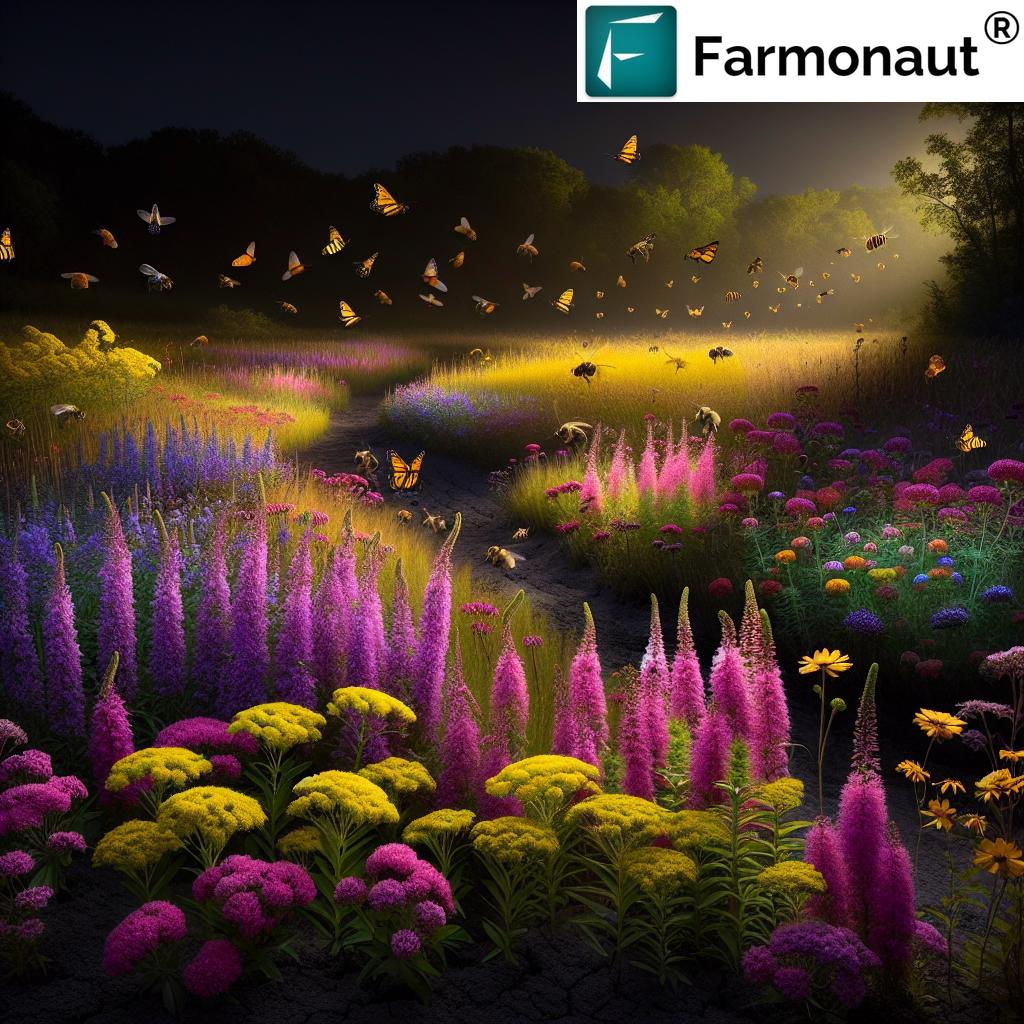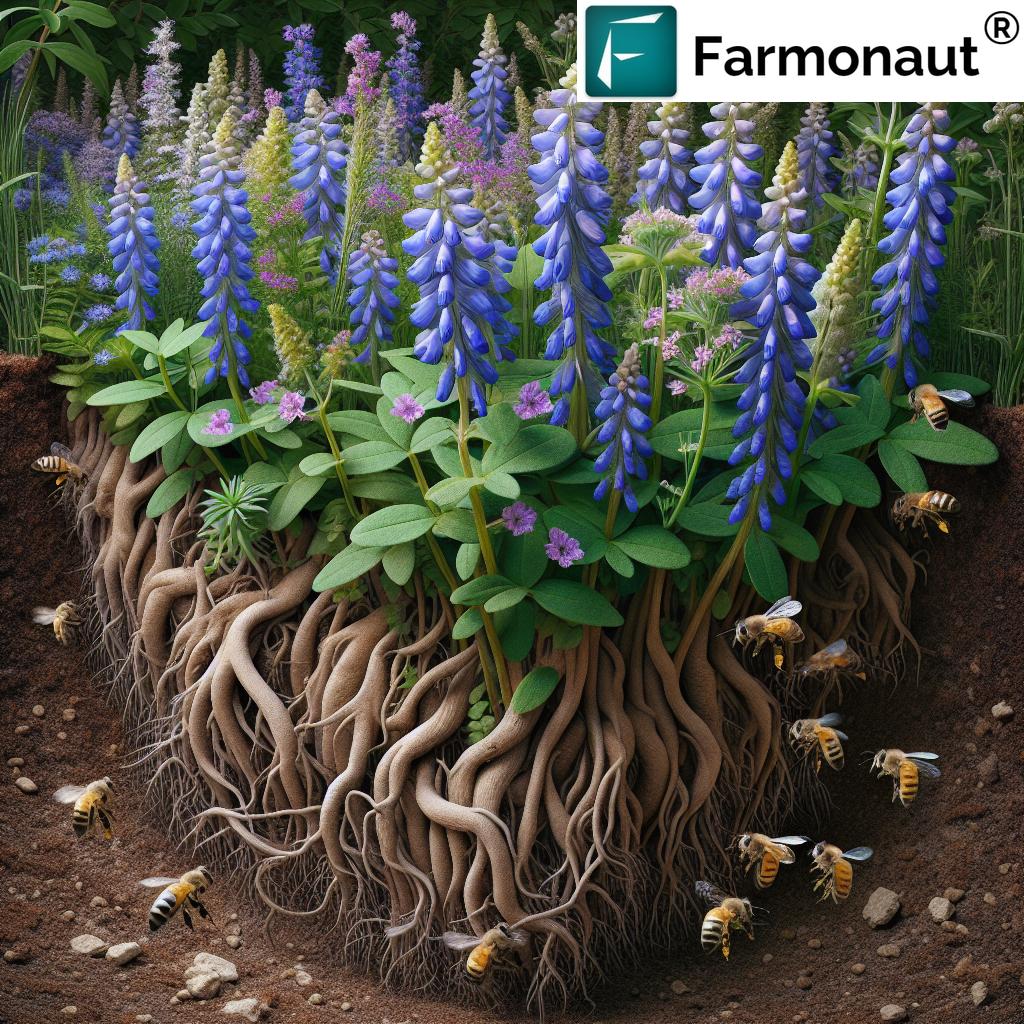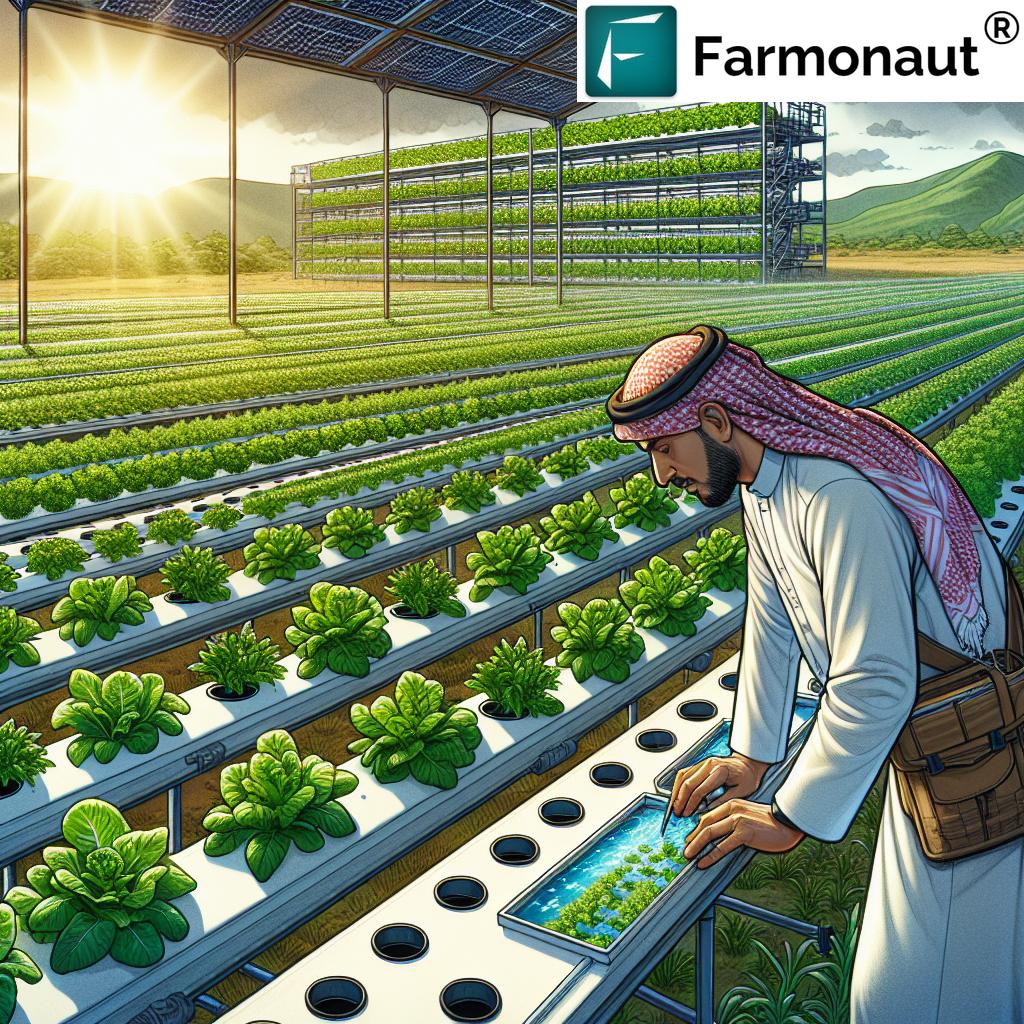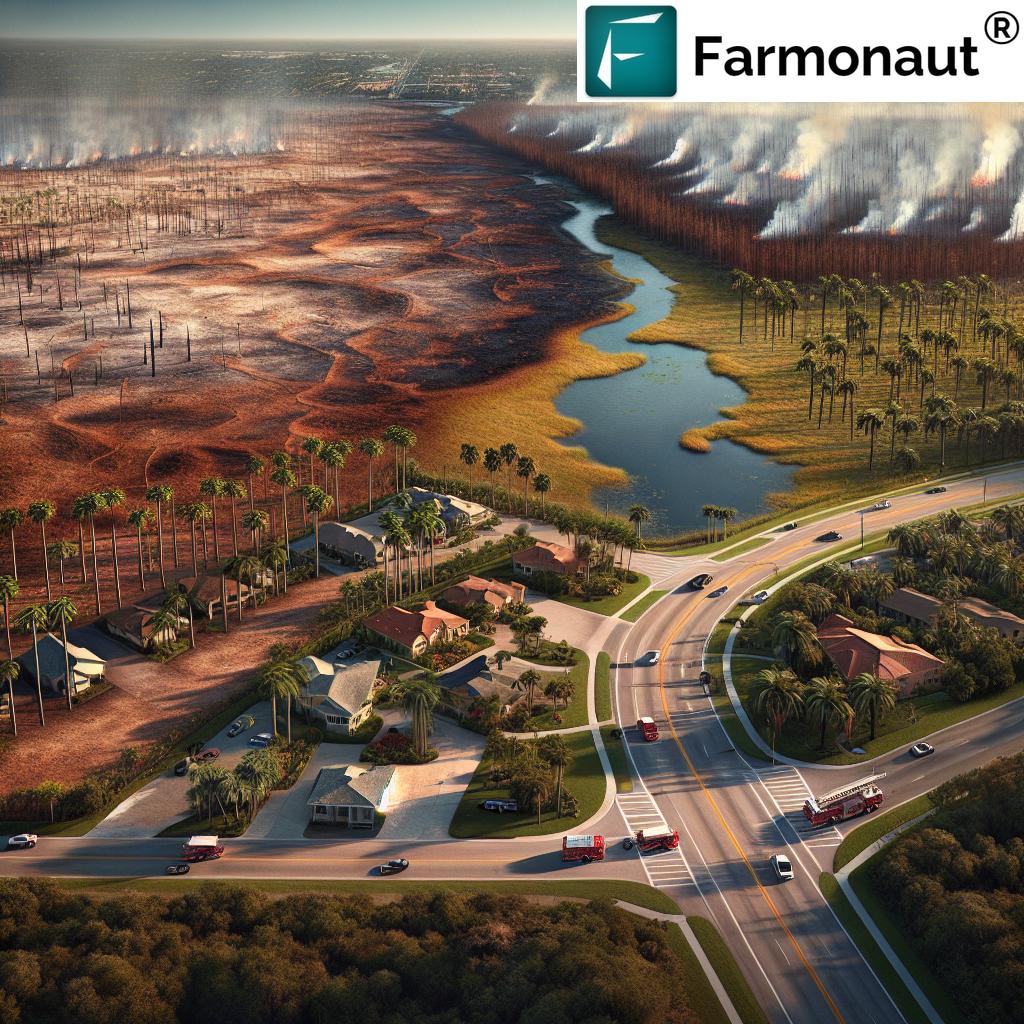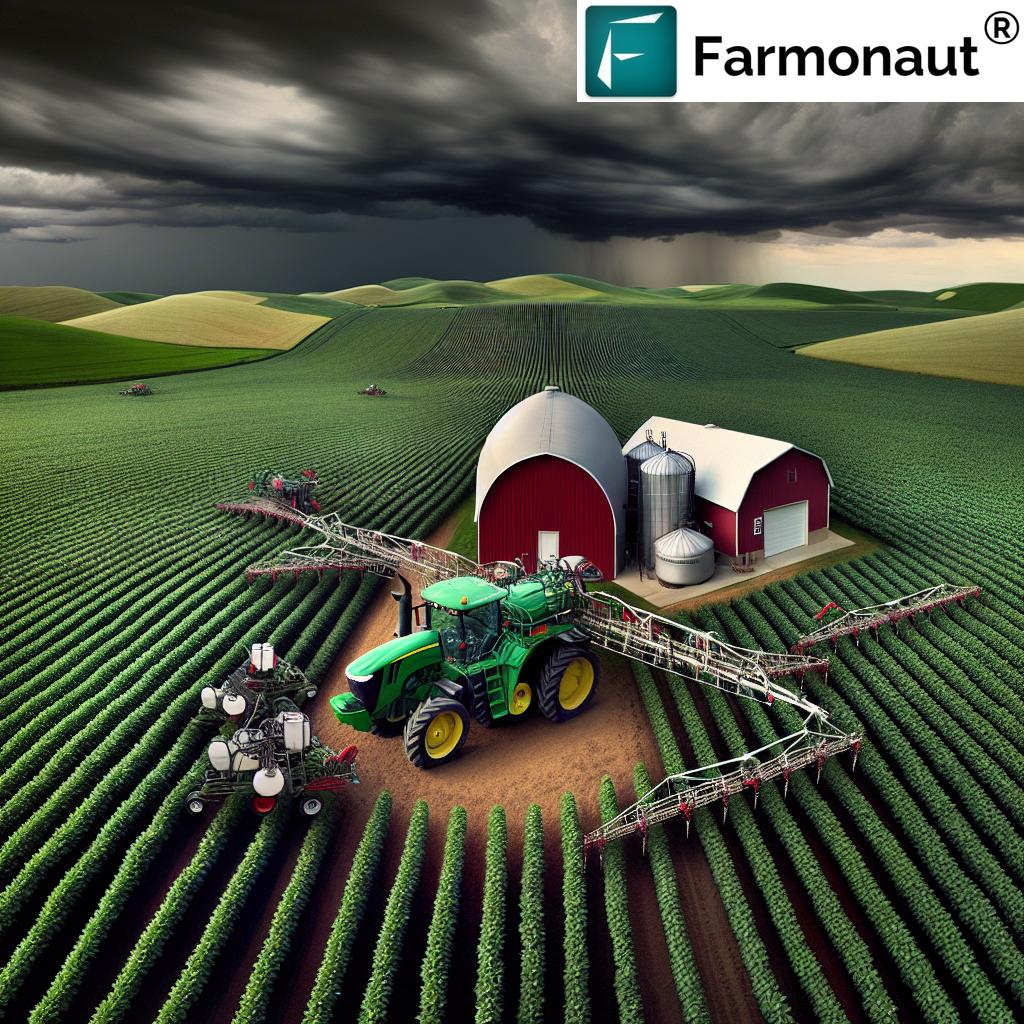Best Wildflowers to Plant in Illinois for Pollinators: Elevate Biodiversity, Soil Health, and Sustainability
“Illinois native wildflowers can increase local pollinator visits by up to 70%, supporting sustainable ecosystems.”
Introduction: Why Native Wildflowers in Illinois Matter
Illinois landscapes are at the heart of North America’s agricultural productivity and natural heritage. The state’s prairies, woodlands, open fields, and farmland collectively provide habitat, food, and ecological functions essential for thriving pollinator populations and healthy soil.
By incorporating native wildflowers Illinois offers its landowners a natural tool to attract bees and butterflies, enhance biodiversity, improve soil, and support climate-resilient farming and forestry practices. The vast diversity of wildflower species for biodiversity ensures land adaptation across regions, ranging from dry prairies and sunny slopes to woodland understories.
The goal of this comprehensive guide is to inspire and inform you on the best wildflowers to plant in Illinois for pollinators — providing details on key species, their ecological benefits, site conditions, and maintenance strategies for successful, sustainable land management.
Ecological Benefits of Native Wildflowers Illinois
Native wildflowers offer unique ecological advantages that support not only pollinators but entire landscapes, from prairie flowers for pollinators to shade tolerant wildflowers in woodland areas. Here are the most crucial benefits of planting native species in Illinois:
- Biodiversity Boost: These species are well-adapted to local conditions, offering nectar and pollen for native bees, butterflies, insects, and hummingbirds.
- Soil Health: Deep and fibrous roots improve soil health by increasing organic matter, fixing nitrogen, and reducing compaction.
- Erosion Control: Plants such as Compass Plant and Rattlesnake Master stabilize soils on slopes, roadsides, and disturbed areas, mitigating soil loss and runoff.
- Sustainable Crop Pollination: Wildflower plots provide essential resources that enhance local pollination and support ecological balance in agricultural systems.
- Pest Management: A healthy pollinator community often supports populations of beneficial insects, reducing the need for chemical pest controls.
- Climate Resilience: By enhancing soil and plant diversity, wildflowers promote resilience against drought, disease, and climate extremes.
The benefits of planting native species go beyond aesthetics or short-term gains — they underpin the foundation of robust, self-sustaining landscapes in Illinois.
Pollinator-Friendly Wildflowers in Illinois
Key Pollinator Friendly Plants for Illinois Gardens and Farms
Planting native wildflowers Illinois is one of the most reliable ways to attract bees and butterflies, supporting not only wildland health but also crop pollination. Here’s a curated list of Illinois native species known for their excellence in supporting pollinator biodiversity:
-
Anise Hyssop (Agastache foeniculum)
- Blooming: June to September, with showy blue-violet spike flowers
- Pollinators: Bees, butterflies (including monarchs and swallowtails), hummingbirds
- Growth Conditions: Adaptable to a variety of soil types; thrives in full sun to partial shade
- Benefits: Reliable nectar source and excellent cut flower for gardens
- Unique Feature: Strong aromatic foliage deters deer but attracts beneficial insects
-
Purple Prairie Clover (Dalea purpurea)
- Blooming: June–August, with purple conical blooms
- Pollinators: Numerous bee species, butterflies, other insects
- Growth Conditions: Tolerates dry soils and open, sunny prairies or fields
- Benefits: Fixes nitrogen, improves soil health, supports prairie ecosystem health
- Height: 1–3 feet tall
-
Showy Goldenrod (Solidago speciosa)
- Blooming: July to September, with bright yellow flowers
- Pollinators: Bees, butterflies (including skippers and monarchs), and a variety of beneficial insects
- Growth Conditions: Adapts to full sun or partial shade; tolerates rocky, clay, or well-drained soils
- Height: 2–4 feet tall
- Benefits: Late-season nectar source for migrating pollinators
These pollinator-friendly plants are foundational components of sustainable, biodiverse Illinois wildflower landscapes—vital for anyone invested in wildflower planting for agriculture or conservation.
Wildflower Species That Improve Soil Health in Illinois
Some wildflowers do more than please the eye or feed pollinators—they are natural soil enhancers that boost field and forest resilience. Integrating soil health enhancers into agricultural, farming, and forestry landscapes brings long-term benefits in fertility and sustainability.
-
Illinois Bundleflower (Desmanthus illinoensis)
- Soil Benefit: Fixes nitrogen, increasing soil fertility for succeeding crops or native grasses
- Growth: Thrives in full sun and open, well-drained soils
- Habitats: Perfect for roadsides, disturbed sites, and as part of native prairie restoration projects
- Pollinators: Provides nectar and pollen for beneficial insects and birds
- Height: Up to 4 feet tall
-
Wild Indigo (Baptisia australis)
- Blooming: May through June, offering striking blue spikes
- Soil Benefit: Improves soil structure, microbial health, and prevents compaction
- Growth Conditions: Requires full sun, prefers loamy or sandy soils but tolerates some clay
- Additional Benefit: Resilient to drought and poor fertility once established
Including these wildflowers to improve soil health in your planting scheme delivers ecological, economic, and aesthetic rewards. Their value in sustainable farming and large-scale restoration is immense.
“Planting wildflowers in Illinois reduces soil erosion by as much as 50%, enhancing long-term land sustainability.”
Wildflowers for Erosion Control and Landscape Stability in Illinois
Wildflowers for erosion control go beyond beauty—they act as living infrastructure for our land. Plants with deep root systems help stabilize topsoil, filter runoff, and prevent costly land degradation on slopes, ditches, and along waterways.
-
Compass Plant (Silphium laciniatum)
- Root System: Massive taproot (can reach 10–15 feet deep)
- Benefit: Top-tier for anchoring prairies and open fields
- Growth: Tall perennial reaching up to 10 feet
- Sunlight/Soil: Requires full sun, well-drained soils, and supports long-term stabilization
- Flowers: Bright yellow, daisylike, very attractive to pollinators
-
Rattlesnake Master (Eryngium yuccifolium)
- Root System: Spreads wide and deep, ideal for erosion-prone sites (roadsides, slopes, fields)
- Bloom: Clusters of small, round, white flowers from June through September
- Adaptation: Survives in dry, rocky, and clay soils; tolerates moderate drought
If you’re managing steep terrain, riparian buffers, or disturbed ground, selecting wildflowers for erosion control is a crucial, sustainable investment.
Leverage Technology for Sustainable Planting
Farmonaut’s Carbon Footprinting platform helps measure and reduce the environmental impact of wildflower planting, regenerative farming, and overall land management. Optimize sustainability goals with accurate, real-time data.
To unlock full traceability and supply chain transparency for wildflower and seed productions, explore Product Traceability by Farmonaut, ensuring every stage from field to finished product is digitally tracked, verified, and trusted.
Need to manage large wildflower restoration or plantation projects? Visit Large Scale Farm Management Solutions for advanced planning, monitoring, and reporting tools.
Aesthetic & Functional Wildflowers for Illinois Landscapes
Visual appeal and ecological utility unite in many native Illinois wildflower species. For urban plantings, buffer strips, and recreational areas, these selections deliver colorful blooms, attract pollinators, and require minimal maintenance when properly sited.
-
Garden Phlox (Phlox paniculata)
- Blooming: July–September, with pink, lavender, white, or fuchsia clusters
- Pollinators: Bees, butterflies, hummingbirds
- Visual/Functional: Grows up to 4 feet tall, fragrant, excellent for borders, and enhances garden biodiversity
- Sunlight: Performs best in full sun but tolerates partial shade
-
Black-eyed Susan (Rudbeckia hirta)
- Bloom Time: Blooms early summer for about a month
- Flower: Bright yellow petals with distinct dark centers, up to 3 feet tall
- Sites: Dry prairies, open woodlands, gardens, and meadows
- Benefits: Resilient to heat, drought, and poor soils, making them ideal for low-input landscapes
Woodland and Shade Tolerant Wildflowers Illinois
For shaded locations, such as forest undergrowth or the north side of buildings, selecting shade tolerant wildflowers maintains site biodiversity, supports specialist pollinators, and complements larger restoration or gardening goals.
-
Woodland Phlox (Phlox divaricata)
- Bloom: April–June; star-shaped flowers in blue-violet, pink, or white
- Height: 1–2 feet tall
- Habitat: Moist to dry, shaded woods and along tree lines
- Ecological Role: Supports early season pollinators
-
Wild Geranium (Geranium maculatum)
- Blooming: Late spring to early summer, peaking in May
- Flowers: Pink to lavender, five-petaled, and delicate
- Growth: Moist, rich, and shaded soils (woodlands, creek banks)
- Benefits: Provides ground cover and prevents weed invasion
Native Wildflowers Comparison Table: Quick Reference for Sustainable Landscapes
| Wildflower Name | Blooming Season | Attracted Pollinators | Soil Benefit | Sunlight Requirement | Estimated Height | Drought Tolerance |
|---|---|---|---|---|---|---|
| Purple Coneflower (Echinacea purpurea) |
June–August | Bees, butterflies, hummingbirds | Improves soil health: Medium | Full sun to partial shade | 3–4 feet | Medium |
| Butterfly Weed (Asclepias tuberosa) |
June–September | Bees, monarch butterflies | Erosion control: High | Full sun | 1–2 feet | High |
| Black-eyed Susan (Rudbeckia hirta) |
June–September | Bees, butterflies | Improves soil health: Low | Full sun to partial shade | 2–3 feet | Medium |
| Prairie Blazing Star (Liatris pycnostachya) |
July–September | Bees, butterflies | Erosion control: Medium | Full sun | 2–4 feet | High |
| Showy Goldenrod (Solidago speciosa) |
July–September | Bees, butterflies, insects | Improves soil health: Medium | Full sun to partial shade | 2–3 feet | Medium |
| Compass Plant (Silphium laciniatum) |
July–September | Bees, butterflies | Erosion control: High | Full sun | 6–10 feet | High |
Site Selection, Planting, and Maintenance Tips for Illinois Wildflower Success
Developing robust, sustainable native wildflower stands hinges on appropriate site selection and knowledgable maintenance practices. Here’s how to ensure successful integration and long-lasting benefits for all your wildflower planting for agriculture or forestry projects.
1. Conduct Site Assessment
- Soil: Is it sandy, clay, rocky, or loamy? Native wildflowers offer options for all soil types.
- Moisture: Measure drainage—lowlands may need tolerant species (e.g., Wild Bergamot); uplands suit drought-hardy species.
- Sunlight Exposure: Map full sun, partial shade, and shaded areas to guide plant selection.
2. Quality Seed Sourcing
- Use certified vendors or respected local nurseries
- Select seed mixes with high genetic diversity for resilient stands
- Order in advance for dormant or fall planting
3. Planting Methods
- Sow seed: Plant at appropriate depth (usually 1/8–1/4 inch, firmed by rolling or packing)
- Spacing: Avoid overcrowding for healthy growth and root establishment
- Season: Best results with fall dormant seeding or early spring planting
4. Initial Maintenance & Long-term Management
- Control invasive weeds by mowing high (do not scalp young perennials)
- Consider controlled burns or strip-mowing in following years to invigorate natives
- Supplemental watering only during severe drought or establishment
- Remove invasive woody plants and aggressive non-natives each season
Pro Tip: For very large projects or to monitor soil health and crop integration, use Farmonaut’s satellite-based field monitoring and crop advisory tools for better decision-making and real-time progress tracking.
Developers and AgriTech Innovators:
Seamlessly integrate soil, crop, and weather data into your agri-environmental projects using Farmonaut Satellite & Weather Data API and Developer Docs.
Best Practices: Integrating Wildflowers in Illinois Farms & Forests
Ready to revive your landscapes, strengthen farm infrastructure, and ensure resilient, pollinator-rich fields? Use these actionable guidelines for optimal wildflower species for biodiversity and sustainable agriculture:
- Start Small but Plan Big: Even modest wildflower strips or prairie ‘islands’ can drastically increase pollinator diversity and soil health over time.
- Connect Habitats: Link wildflower patches, hedgerows, or woodland edges to enhance migration corridors for bees and butterflies across large farms or woodlots.
- Layer Planting Decisions: Blend tall, deep-rooted species (for erosion control), mid-level plants (for color and pollinator foraging), and lower groundcovers (for weed suppression and shade adaptation).
- Collaborate and Monitor: Employ advanced technologies, such as Farmonaut’s satellite-guided monitoring platform, to track soil health, moisture, and plant growth at scale.
- The Jeevn AI advisory system offers real-time recommendations for crop-wildflower rotations, soil enhancement, and pest management.
These best practices will help support Illinois’ agricultural productivity, ecological health, and long-term land value with every acre restored for pollinators.
How Farmonaut Supports Sustainable Wildflower Planting
At Farmonaut, our mission is to provide affordable, technology-driven insights that empower anyone to advance sustainable agriculture and land stewardship.
Here’s how we help boost your wildflower initiatives:
- Real-Time Crop and Soil Health Monitoring via multispectral satellite imagery, aiding optimal timing and placement of wildflower plots for pollinator friendly landscapes.
- AI-Powered Advisory: Our Jeevn AI tool provides tailored suggestions on wildflower integration, rotational planting, and management for both farming and forestry applications.
- Sustainability Tracking: Monitor carbon footprint, irrigation needs, and ecosystem impact in real time.
- API and Advanced Monitoring: For larger operations, the Farmonaut Agro-Admin platform supports resource mapping, compliance documentation, and reporting for restoration, wildflower planting for agriculture, and much more.
FAQ: Planting Wildflowers for Pollinators in Illinois
Which native wildflowers are best for shady or woodland areas in Illinois?
Focus on Woodland Phlox (Phlox divaricata) and Wild Geranium (Geranium maculatum), both of which thrive in shade and provide rich spring color as well as food for early-emerging pollinators.
How do wildflowers help control soil erosion on Illinois farms?
Species with deep and fibrous roots, such as Compass Plant, Prairie Blazing Star, and Butterfly Weed, bind and stabilize soil, filter runoff, and reduce loss of topsoil by as much as 50% when strategically planted.
What is the benefit of using native wildflowers instead of non-native ornamentals?
Native wildflowers Illinois are adapted to the state’s climate, pests, and soils. They require less water and maintenance, provide superior biodiversity support, and do not become invasive threats.
How should I prepare my Illinois site for wildflower planting?
Assess sunlight, moisture, and soil conditions. Remove existing weeds, use high-quality native seeds, and consider a dormant seeding (late fall) to take advantage of natural cold stratification.
Can I combine agricultural crops and wildflowers for mutual benefit?
Absolutely. Integrating prairie flowers for pollinators in buffer zones, field margins, or rotations can enhance crop pollination, reduce pests, and improve soil properties—key goals in sustainable, regenerative agriculture.
Where can I monitor wildflower field performance and environmental impact?
We recommend leveraging technology such as Farmonaut’s satellite-driven monitoring solutions for real-time health, growth, and soil tracking across your lands.
Conclusion & Takeaways
Planting native wildflowers in Illinois is more than an act of beautification—it’s a decisive step toward enhanced biodiversity, improved soil health, and sustainable landscape management for agricultural, forestry, and urban environments.
By selecting appropriate species for site conditions and growth goals—and by utilizing advanced monitoring technology for ongoing maintenance and ecological integration—landowners and managers in Illinois can successfully transform their properties into resilient, pollinator-rich, and productive systems.
Key Action Points:
- Choose wildflowers that match your sun, soil, moisture, and shade conditions.
- Use native wildflowers Illinois for proven success across farming, forestry, and conservation lands.
- Monitor and manage with smart, data-driven solutions like Farmonaut for the best ecological returns.
- Enjoy numerous benefits—including more pollinators, healthier soil, and less erosion—year after year!
Advance your wildflower restoration, farming, or forestry project today!
Keep Illinois blooming, buzzing, and resilient—naturally.

